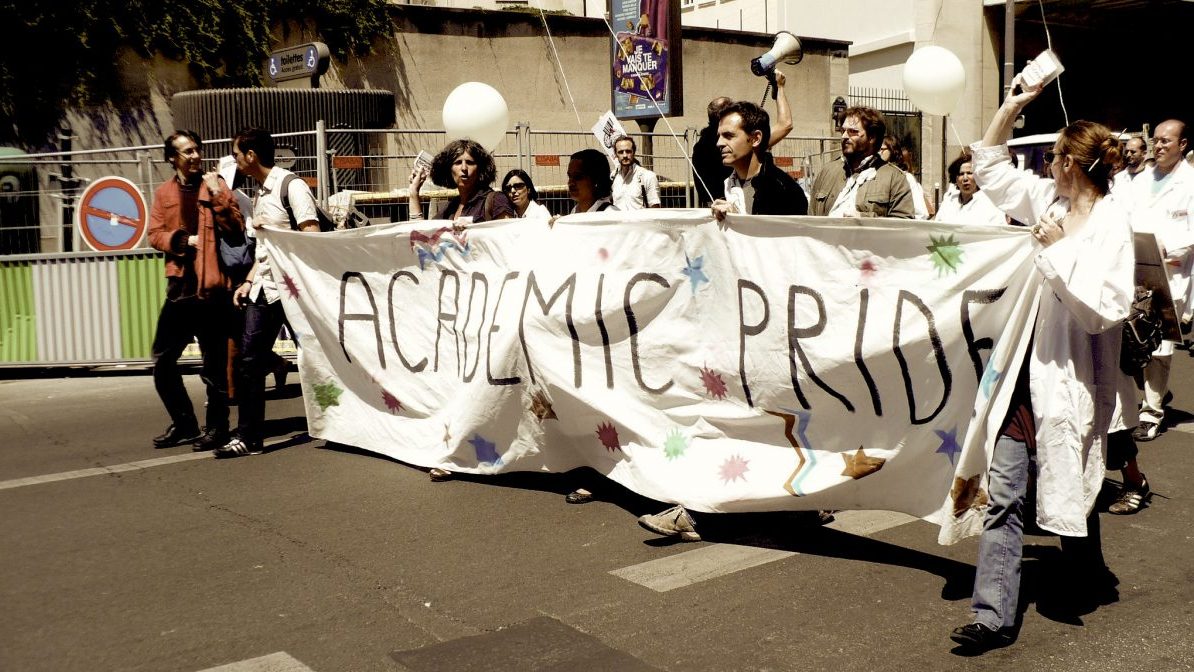Bonnie Urciuoli teaches anthropology at Hamilton College.
Eli Thorkelson: I’ve known you and your work for quite a while, Bonnie, and we went to the same graduate program at Chicago (albeit 30 years apart), but I only just found out as part of this interview that your early work was on Puerto Rican speech communities, and then you gradually became more interested in American constructs of multiculturalism, race and class, right? And then a few years after you got tenure, you started working on higher education diversity discourse, focusing on your own institution, Hamilton College. How did that shift come about? Was there some moment when you decided that you had to write about where you worked?
Bonnie Urciuoli: I got to Hamilton in 1988, and within a year or two I noticed students, generally recruited through HEOP (Higher Education Opportunity Program), who came from the neighborhoods where I had done fieldwork or neighborhoods much like them, and who could easily have been younger members of the families I worked with on the Lower East Side (1978-79) or in the Bronx (1988). HEOP plays a key role. It was established and funded by the state to provide higher education assistance to academically and economically disadvantaged students who show academic promise. The decision to admit a student through HEOP takes place in the admissions process, and students are offered financial packages combining grants, loans, and work-study, some funding from the state, some from the college. Incoming cohorts are 30-40 per year. All participants attend a five-week summer program before their first year. This is a sort of college prep boot camp with classes in various subjects taught by college faculty. (The boot camp part is because of how the residential aspect of the program is run, not so much the academics.) HEOP cohorts include white students, often children of college plant or clerical employees, or sports (usually football, sometimes basketball) recruits but the white HEOP kids tend to disappear into the mass and HEOP is generally identified with Latino, Black, and Asian students. Those kids tend to become the core of the student ‘cultural’ organizations (LaVanguardia, Black Student Union, Asian Cultural Society). From 1972 through 2001 HEOP was the main source of ‘diversity’ for the college; in 2001 the college started partnering with the Posse Foundation to develop another ‘diversity’ source. But I am getting way ahead of my story. Also if you’re interested, I have a ms under review on this very topic. Not to mention a book chapter.
Continue reading Interview with Bonnie Urciuoli (Hamilton College)
